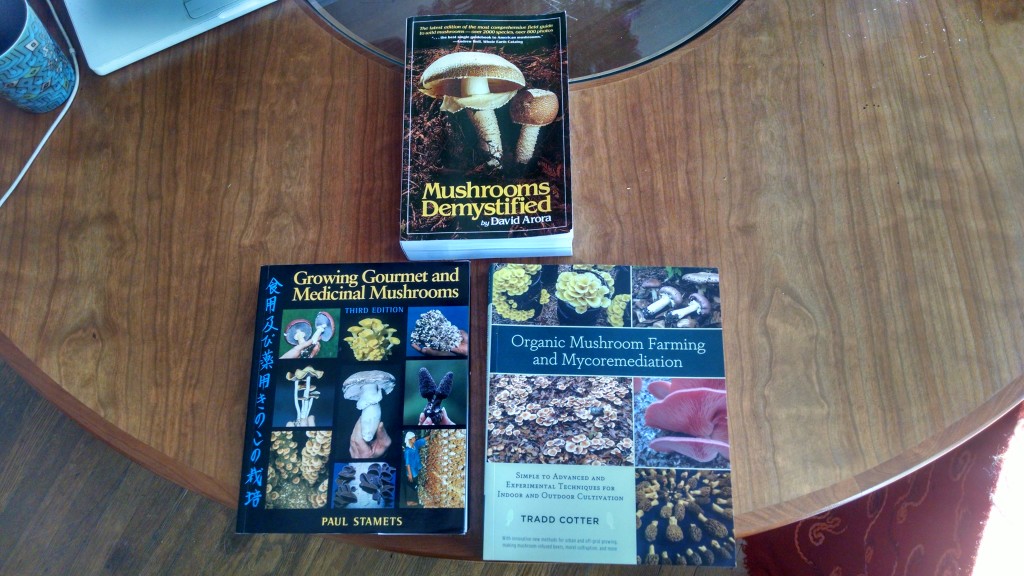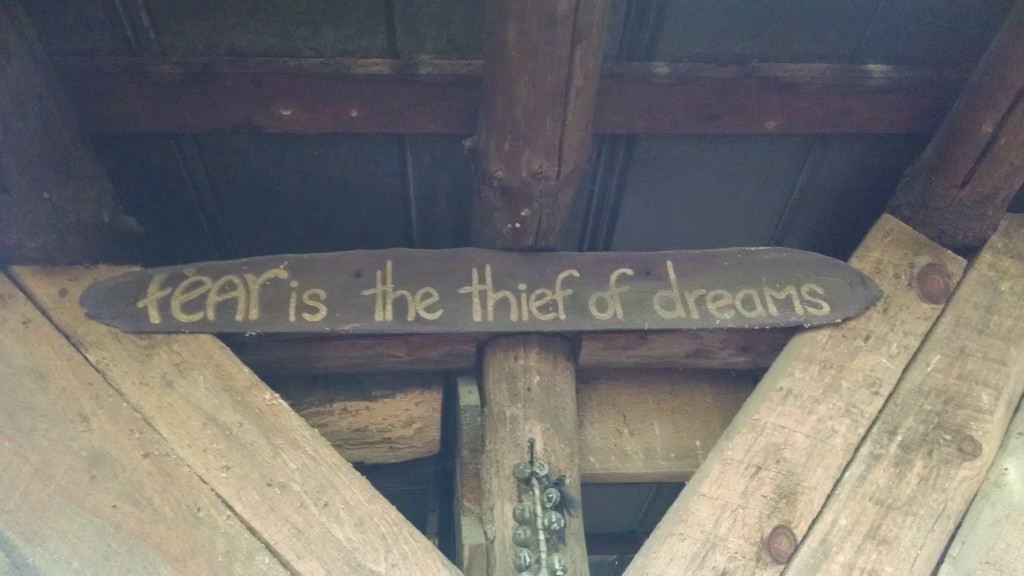Mushrooms have come into full focus for Marc and I in Asheville the past few weeks. Frank Cook also studied mushrooms extensively, learning from folks from coast to coasts like Christopher Hobbs, Daniel Nicholson, Alan Muskat, and Greenlight. My “mycofascination” began in earnest with the Green Scene, and the conversation about plants is incomplete without a discussion about fungi (and, to be honest, everything, but for the sake of this blog I’ll focus on fungi). A number of types of fungi exist, including endo-, ecto-mycorhizal fungi (fungi that form symbiotic relationships with plant roots externally and internally, respectively), and saprophytic fungi (fungi that feed off of dead wood), and this friendly (and sometimes not so friendly) kingdom of decomposers help the world turn in a big way.
In late September, Marc and I had the privilege of attending two talks with Paul Stamets, founder and president of Fungi Perfecti, internationally renowned mycological researcher, and author of several books. The first talk, held at the Warren Wilson College Presbyterian Church, was a paradigm shifting evening during which Stamets reviewed some of the most cutting edge research he and other mycologists have been conducting over the past few decades. I have previously been blown away by findings Stamets has outlined in his talks, and it appears that mycological research has continued to yield incredible results. From turkey tail’s (Trametes versicolor) cancer fighting properties and synergistic effects with chemotherapy drugs, molds growing inside the reactor room at Chernobyl, Lions Mane’s (Hericium sp.) potential for helping with Parkinson’s disease, to mycoremediation of water, this talk was endlessly fascinating.
Stamets ended his talk at Warren Wilson by discussing his research with bees. He picked up this thread the ensuing Saturday at Haywood Community College at Our Planet in Balance: Bees, Fungi and Man, a symposium sponsered by the Center for Honeybee Research. It appears that saprophytic, polypore fungi could be the key to boosting honeybee’s immune systems so they can tolerate the challenges they are facing with insecticides, introduced pests, movement and congregation in commercial honey production, among various other issues. So for all of you health practitioners, researchers, and nature aficionados out there, check out some mycological research in your field! You may just pick up the scent on a trail to a big discovery, and will at minimum find some new tools for your practice.

Read moreMycological encounters with Paul Stamets and No Taste Like Home
